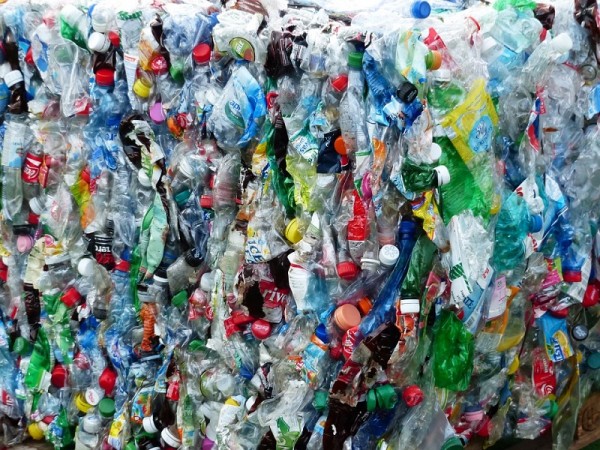By Ana Verayo, | March 11, 2016

Japanese scientists discovered a new bacteria that can eat plastic and similar waste.
A unique bacteria that can eat away plastic can now be utilized in recycling and waste management facilities especially for bottles and other waste for reuse. Scientists discovered this new strain in a recycling plant where these new organisms are observed devouring plastic waste.
Like Us on Facebook
The most common type of plastic used is known as Polyethylene terephthalate (PET) which is also very hard to break down and recycle. In 2013, there are 51 million tons of PET products that were manufactured alone. This type of plastic is part of the polyester family which can often be seen in food packages and clothing.
Now, this new found bacteria can consume PET plastic that also leaves behind chemical building blocks. By using a single pair of enzymes from the bacteria, biologists discovered these special enzymes can break down plastic and consume energy during this process. The mechanism behind this breakdown process reveals how the bacteria feed upon nutrients from their environment, as scientists investigate this process further.
According to Japanese scientists, there are two specific enzymes from the bacteria that can break down PET into simpler building blocks. Scientists also reveal how these enzymes are significantly unique than their closest related enzymes of bacteria, leading to more questions of how bacteria evolved into consuming plastic.
These enzymes are known as ISF6_4831, which begins to break down PET into smaller building blocks and to complete this process, an enzyme known as ISF6_0224 works together with the first one. These enzymes work their way onto bottles by converting them entirely into carbon dioxide and water. These enzymes can consume a thin film of PET in a span of six weeks at about 86 degrees Fahrenheit, where future research will shed more light as how these bacteria adapted by breaking down massive quantities of PETs for commercial usage.
Prior research only detected just a few fungi species that can digest PET plastics, making this the first known bacteria to consume common plastics. During this study, researchers examined 250 samples of PET where they detected this newly found organism in the form of plastic eating bacteria known as Ideonella sakaiensis 201-F6.
All around the world, a total of 342 million tons of plastic are created every year, where only 14 percent of this waste are collected and recycled per year. This new study is published in the journal Science.
-
Use of Coronavirus Pandemic Drones Raises Privacy Concerns: Drones Spread Fear, Local Officials Say

-
Coronavirus Hampers The Delivery Of Lockheed Martin F-35 Stealth Fighters For 2020

-
Instagram Speeds Up Plans to Add Account Memorialization Feature Due to COVID-19 Deaths

-
NASA: Perseverance Plans to Bring 'Mars Rock' to Earth in 2031

-
600 Dead And 3,000 In The Hospital as Iranians Believed Drinking High-Concentrations of Alcohol Can Cure The Coronavirus

-
600 Dead And 3,000 In The Hospital as Iranians Believed Drinking High-Concentrations of Alcohol Can Cure The Coronavirus

-
COVID-19: Doctors, Nurses Use Virtual Reality to Learn New Skills in Treating Coronavirus Patients







